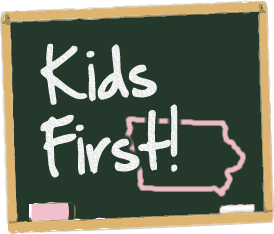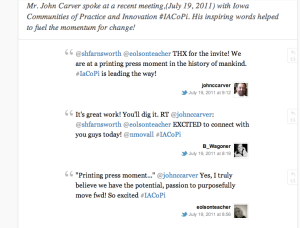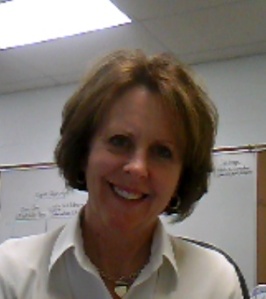Returning guest blogger, Jonnie Becker, shares her teaching/learning journey…
I was given a plant. I can hardly keep up with school, kids, and a husband let alone a plant. Thank goodness it was a spider plant, and a little neglect won’t kill it. This summer, I finally noticed it had a lot of dead leaves and even the new ones would only get so big and then turn brown. So, I watered it, moved the curtain so it would get lots of sunshine, I trimmed the dead parts off, and made it a priority. But it was ugly, and the more I worked on it the less beautiful it became. I put a bottle of water by it so in passing I may give it a trickle, and I left it alone. When I checked on it again some weeks later, it had long beautiful leaves that dangled and curled in a way I had never seem.
Every teacher I know has waged war in the battle over covering the content or teaching the kids. There just seems to be so much pressure to make sure our students “know” all this stuff. So we plan these elaborate lessons weeks and even months in advance. Then we put the kids through all the hoops of these lessons. Sometimes it all works great and we are all smiles. So I think, wow, I am a great teacher. But I am wondering, are they any more prepared for a future we cannot predict? Yep, they know more, but how did they come to know it. I did the work, I set them up to figure it out, I limited the ways they could fail or get confused. Did I do more harm than good?
In implementing the IACOPI e-curriculum, I have been working hard to make my Face to Face (F2F) time more about each student moving at their own pace. They are working on whatever part of our project they think they can do. This has taken most of them by shock. They are all trying to run the rat race when there isn’t any race. Needless to say, I was feeling all their stresses. They wanted to “get done” so we could move on. I felt like I was needed to get them back on track, as if this strange place I had taken them to was OFF TRACK.
Oh, what to do! Do I plan a great teacher led lesson, take back the wheel and steer the ship into port? Nope, I let go! I sat down. Yes! SIT DOWN, in the back. I watched them. Guess what happened? Leaders emerged, collaboration began, and they were learning without me. The classes where I followed them, where I spent our precious time together letting them show off their work, modeling how be make our room a safe place, and suggesting what they needed after seeing where they were are the ones that grew by leaps and bounds. Yeah, we are not covering the mountain of content, but they went from yes/no questions to REAL hypothesizing. From not knowing they don’t know to knowing how to dig and hunt and then work it together.
Like my plant, my students came to me used to care that only let it grow to a point. When the care style changed it became stressed and didn’t bloom or really grow. Then going back to the old method would have killed it completely. The plant, like our kids, knows how to grow-it is just in them. If you try to control the growth it has the opposite effect. When you let go, they create something beyond what you thought was desired. All this time we were going about growing our kids all backwards. Redefining the meaning of Teacher.







